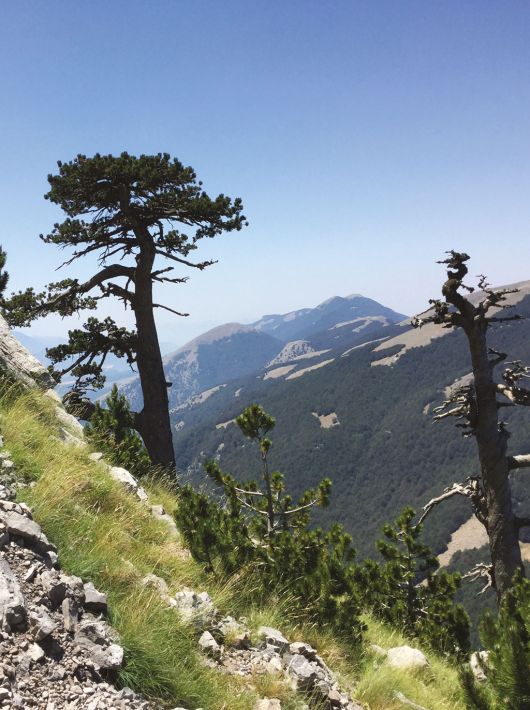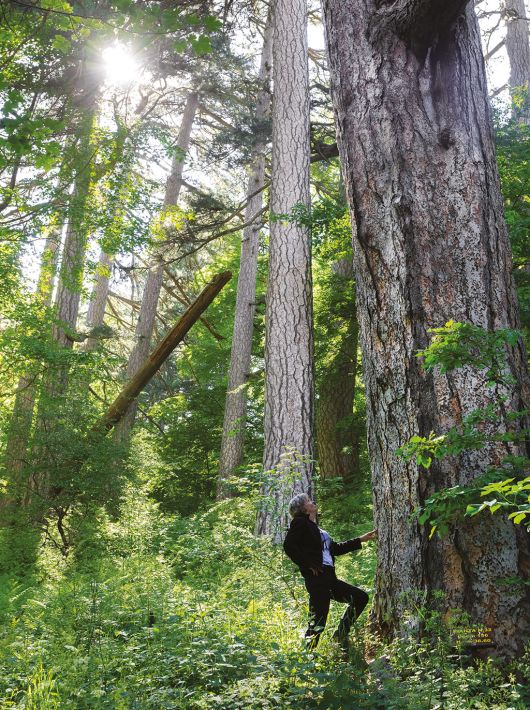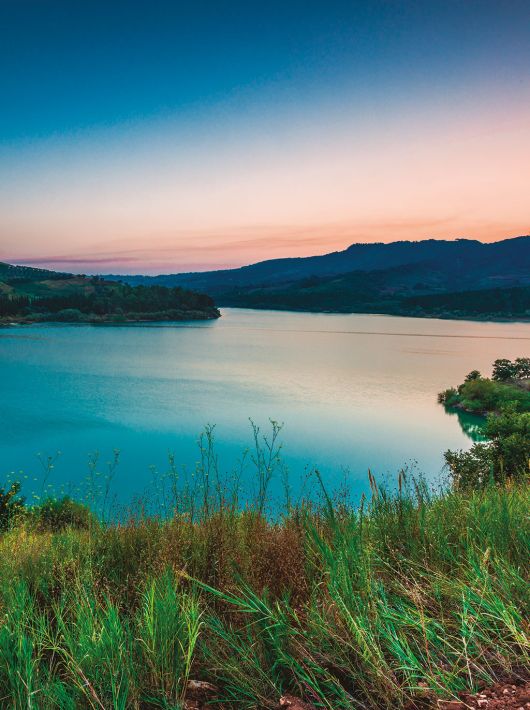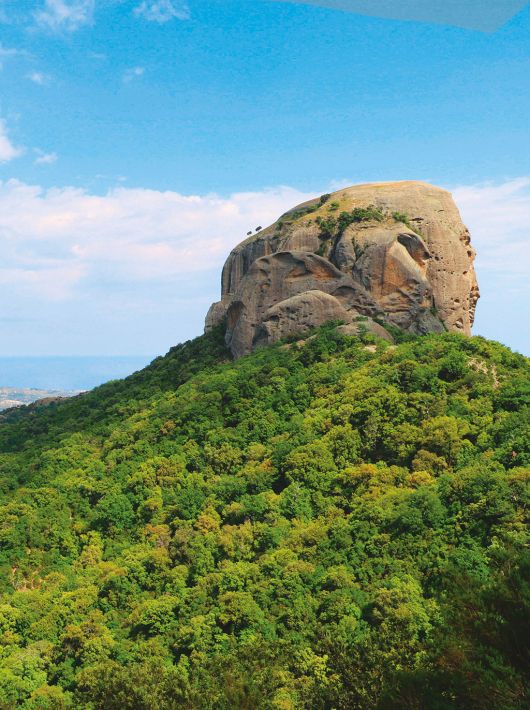NATURE & ADVENTURE HOLIDAYS
NATURE & ADVENTURE HOLIDAYS
per saperne di più




The parks’ habitats
If you are eager to learn more about the parks’ natural habitats, you can go to one of the many visitor centres, observatories, ecomuseums, environmental education centres and information points located throughout the protected areas. Among them, it is worth mentioning: the service centre of the Pollino National Park, housed in the historical palace “Palazzo Gallo” in Castrovillari; the visitor centre Cupone, located near the Cecita Lake; the visitor centre of the Museum of Water and Energy, found in the Sila National Park; and, last but not least, the visitor centre “Botanical Museum of Zomaro”, in the town of Cittanova, within the Aspromonte National Park.
© Ente Parco del Pollino | All rights reserved.